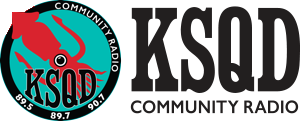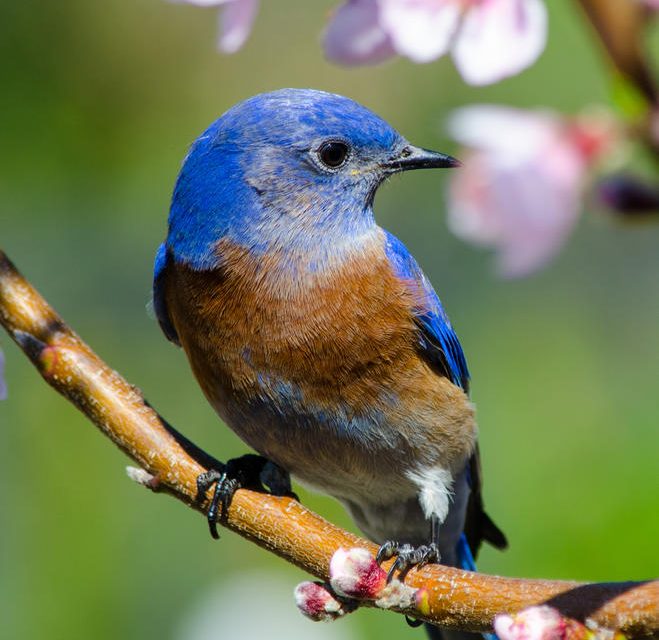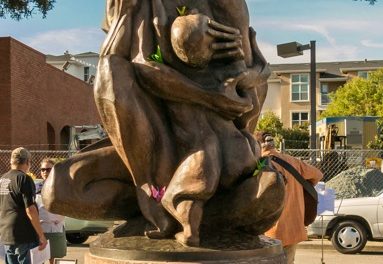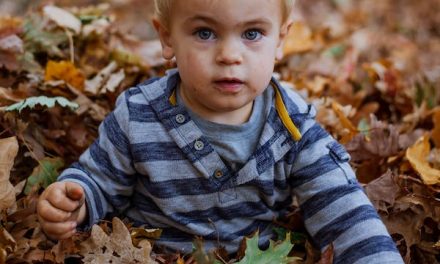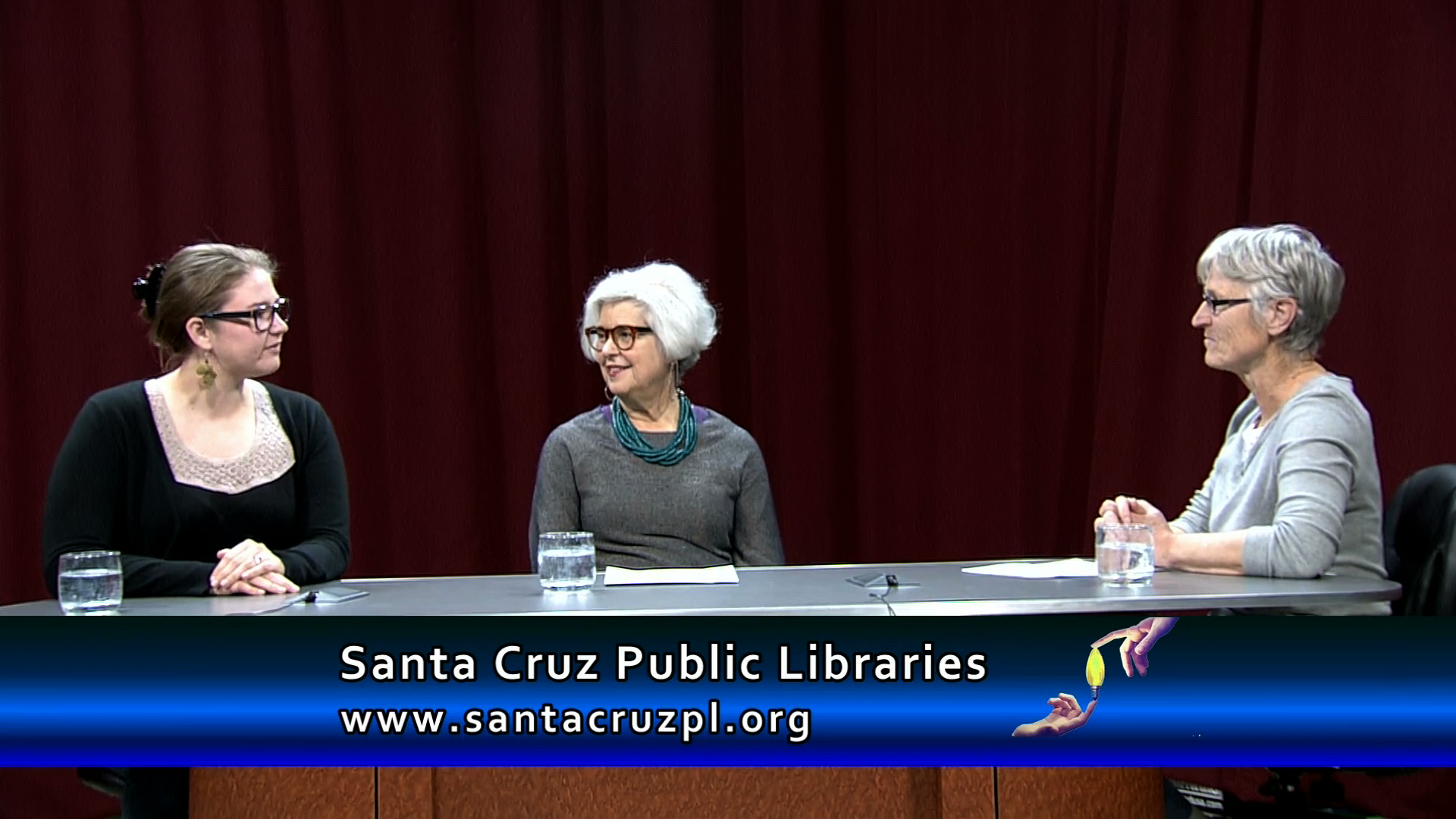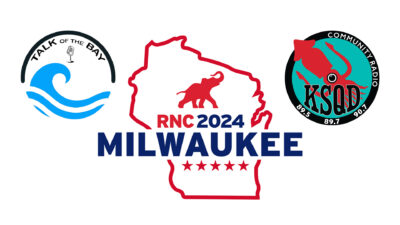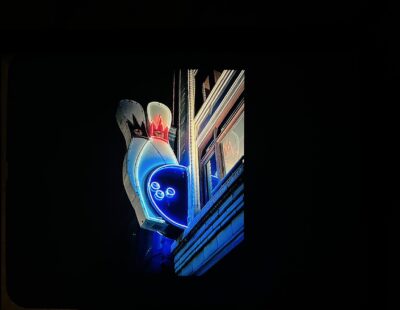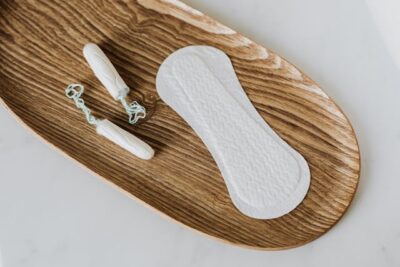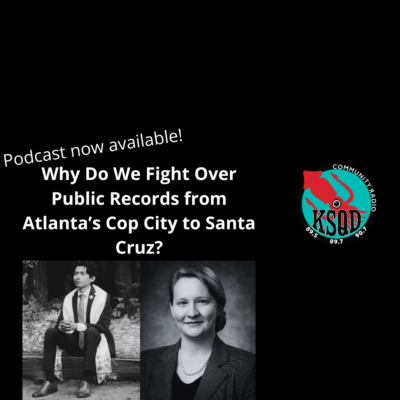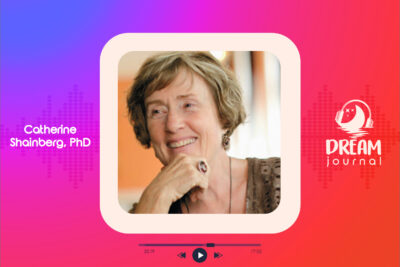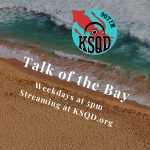
Citizen Science Apps Transform the Citizen and the Science
Megan Kalomiris
What if a simple nature walk could contribute to science and conservation?
[ Bird songs and approaching footsteps through foliage ]
With easy-to-use citizen science phone apps, this is reality.
[ iPhone taps ]
Citizen science apps brings science to your hands…everybody’s hands.
But one of the biggest citizen science apps today is definitely eBird…a free app created Cornell’s Lab of Ornithology.
Now, what makes eBird so special?
Jenna Curtis: “eBird is certainly one of the largest global biodiversity projects in the world.”
That was Jenna Curtis, eBird project co-leader.
Created in 2002, eBird was borne out of a lofty thought:
What if, there was a way to consolidate hundreds of thousands of birders’ observations into one place?
And that is exactly. what. happened.
In the first year, eBird averaged about 15,000 recorded observations per month. Fifteen years later, eBird may expect that many observations every hour.
And in May of 2021, eBird reached a pivotal milestone. One. Billion. Observations. That’s right…nine. zeroes.
These billion sightings were recorded by almost 700,000 birders across 202 countries.
Curtis: “We’re absolutely thrilled, y’know, when the project started 20 years ago. I’m sure that everyone hoped that it would become this global platform that it is today and just continue to grow, but it’s absolutely exciting.”
[ Music trails off ]
So…how do you use eBird?
It’s free, so anyone can do it as long as they have access to a computer or a smartphone.
It’s simple: you create a list of the species you see, and how many there are.
Then you submit it as a “checklist” in your eBird account, along with the date and location.
Ariana Remmel: “eBird is fundamentally a data collection project, a citizen science project.”
That was Ariana Remmel. They are a science journalist based in Arkansas, and they’re also an avid user of eBird.
Remmel: “I tell people that May 8th, 2020 was the first eBird checklist that I ever logged, and that is the day that I tell people that I turned into a Lister.”
Remmel says that eBird completely transformed the way they approach birding.
On one hand, eBird helped them to see the importance of not only knowing what birds look like, but knowing their behaviors, calls, and songs.
Also, it helped Remmel to become more detail-oriented in their birding
Remmel: “I have training as a scientist. When I log an eBird checklist, I think about it in terms of what would be useful for data scientists who are looking at it, which means I can’t be willy-nilly about my IDs, right?”
And Cornell’s citizen science team aims to ensure that its eBird data is as good quality as possible. They offer a free online course on how to use eBird, and they have a pretty extensive FAQ list on the eBird website.
Also, if your birding checklist contains anything unexpected, like a rare species for the area or an unusually large flock of birds, the app requires you to submit proof of your sighting.
eBird’s Jenna Curtis explains that:
Curtis: “You can report anything to eBird, it will be part of your personal birding data. But in order to be part of the scientific database and public outputs, it has to go through another layer of data quality assurance.”
This all begs the question…what’s in it for the eBirders?
I mean, this is a lot of work for a hobbyist birdwatcher to voluntarily do when they could simply bird without using eBird.
Remmel: “This is exhausting. *laughs* I don’t always bird with a checklist…I’d say one of one out of every three outings.”
That said, hundreds of thousands of people do it anyway.
Remmel touches on a few reasons why they like eBird…why others might like eBird.
One, it’s an excellent record of progress…for those who enjoy a challenge and reaping the fruits of their labor.
Remmel: “It’s a really clear way for me to set goals”
Two, it’s an easy way for anyone, anywhere, to engage with a real, tangible scientific effort.
Remmel: “It also just felt really good to know that that was data that was going to be useful to folks who were interested in conservation, or interested in understanding movements of these birds or where you end up finding them.”
Three, it connects users to a wide network of other birders…for those who enjoy a healthy competition…
Remmel: “I knew that there were people birding, I knew that there is…a guy – my nemesis – is like the big birder in my neighborhood. And every day that he sees a bird that I haven’t seen, I’m like, oh, man, Reagan’s out, y’know?”
Or for those who just wish to be part of a broader community.
Remmel: “It made me feel connected to a community of people who had similar values.”
In the end, eBird makes accessible a hobby to those who may have previously faced barriers getting into it.
Remmel: “We have, as a society, this notion that birders are birdwatchers who are white-haired and in khaki vests, and that just is not true anymore. There are queer folks and there are people of color and there are young folks and middle aged folks and people with accessibility challenges. Y’know eBird is like really, really important for lowering that barrier.”
And that’s the thing about citizen science. It’s just as much about the citizen as it is the science.
The best citizen science projects are mutually beneficial.
Behind all that data is a large swath of people gaining a new appreciation of science and the world around them.
Remmel: “I can say with full certainty that I have observed 404 species of birds in the last two years. If I want to see another 404 species, those environments have to remain intact.”
I’m Megan Kalomiris from the UC Santa Cruz master’s program in science communication.
